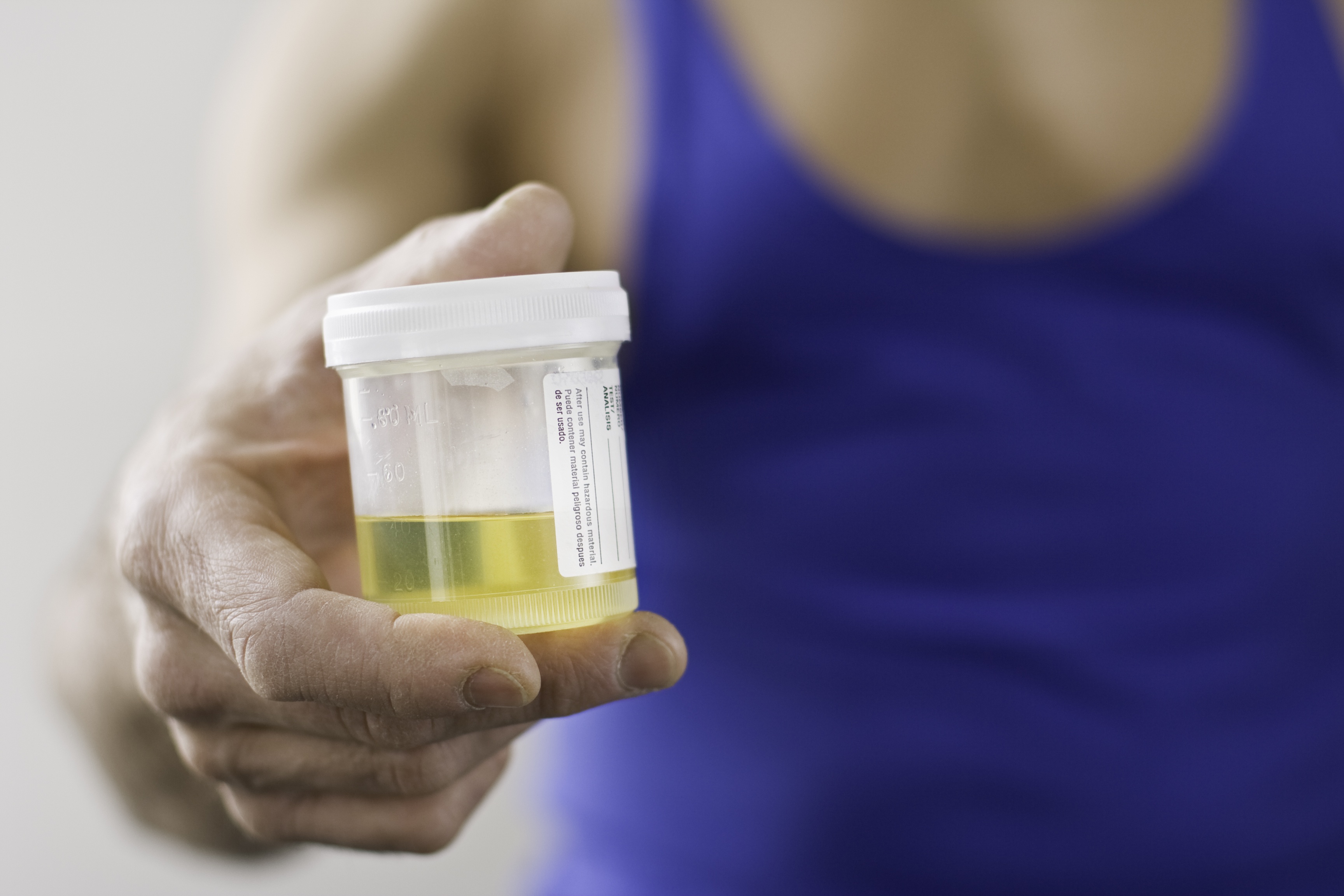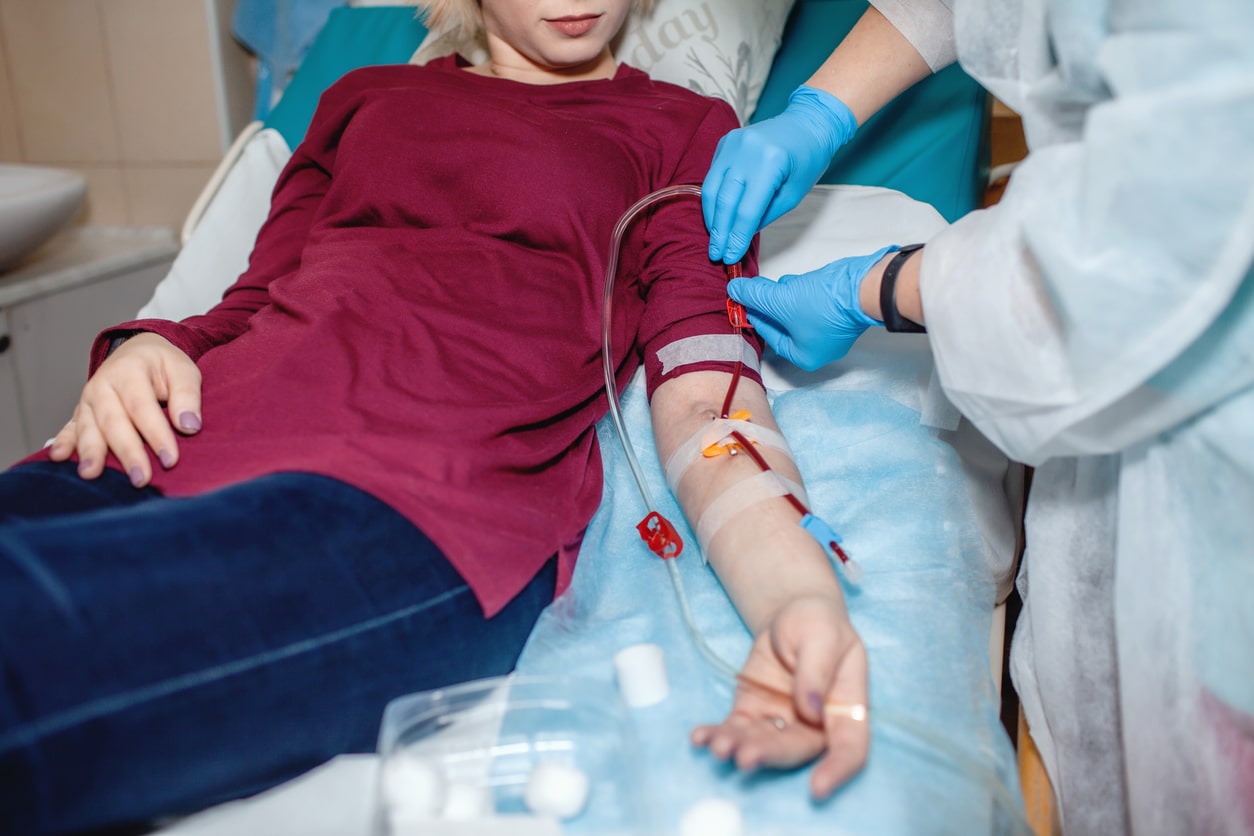
Kidney Week 2020
Patients with coronavirus disease 2019 (COVID-19) commonly develop acute kidney injury (AKI), complicating management of the primary acute respiratory distress syndrome. During a virtual poster session at ASN Kidney Week 2020, researchers at the University of Michigan, Ann Arbor, led by John Travis Ludwig, MD, reported the center’s experience with fluid management in patients on continuous renal replacement therapy (CRRT) relative to respiratory parameters. The poster was titled Fluid Balance on CRRT and Association with Respiratory Status in Patients with COVID-19 and AKI.
The retrospective chart review included 32 consecutive patients with COVID-19 and AKI who required CRRT and were admitted to the intensive care unit (ICU) at the University of Michigan between March 23 and April 26, 2020. Follow-up continued through May 12, 2020.
All 32 patients received post-filter continuous venovenous hemodiafiltration with regional citrate anticoagulation per institutional protocol. During the first 7 days of CRRT, daily cumulative fluid balance and respiratory parameters (pulmonary function [P/F] and positive end-expiratory pressure [PEEP]) were recorded. The relationship between cumulative fluid balance on CRRT and the respiratory parameters was assessed with repeated measured modeling adjusted for fluid accumulation at initiation of CRRT, and patient height, weight, and age.
Mean age of the cohort was 54.8 years, and 75% were Black. Common comorbidities were hypertension (90.6%), diabetes (56.2%), chronic kidney disease (53.1%), and receipt of a transplanted organ (18.8%). Median length of mechanical ventilation was 15.0 days.
Median cumulative fluid balance from admission to initiation of CRRT was +3.3 liters. There was a trend toward increasingly negative fluid balance in CRRT. Following adjustment for age, weight, height, and cumulative fluid balance at start of CRRT, cumulative fluid balance on CRRT was not associated with P/F (P=.21) or PEEP (P=.47). At the end of data collection, nine patients were in the hospital, 10 survived to hospital discharge, and 13 had died.
In summary, the researchers said, “Cumulative fluid balance on CRRT did not correlate with change in P/F or PEEP, even after accounting for baseline fluid balance. Nevertheless, it is possible that more aggressive fluid removal is required to demonstrate an effect.”
Source: Ludwig JT, Sohaney R, Shaikhouni S, et al. Fluid balance on CRRT and association with respiratory status in patients with COVID-19 and AKI. Abstract of a poster presented at the American Society of Nephrology virtual Kidney Week 2020 (Abstract PO0671), October 22, 2020.







 © 2025 Mashup Media, LLC, a Formedics Property. All Rights Reserved.
© 2025 Mashup Media, LLC, a Formedics Property. All Rights Reserved.